Surviving witnesses to Kennedy assassination recall the horror in 'JFK: One Day in America'
- Oops!Something went wrong.Please try again later.
- Oops!Something went wrong.Please try again later.
- Oops!Something went wrong.Please try again later.
As 91-year-old Clint Hill describes that day in Dallas in 1963, his face bears the pain of 60 years of reliving the tragedy he couldn’t stop.
“I have this sense of guilt,” says Hill, the Secret Service agent who jumped onto the rear of the moving presidential limousine when shots rang out as it drove through Dealey Plaza. “I should have been able to do more than I did. I wasn’t fast enough. I guess I wasn’t faster than a speeding bullet.”
Hill is among the surviving witnesses to John F. Kennedy’s assassination who were interviewed for “JFK: One Day In America,” a three-part docuseries that premieres on Nov. 5 on National Geographic (with all three episodes) and will stream Nov. 6 on Disney+ and Hulu.
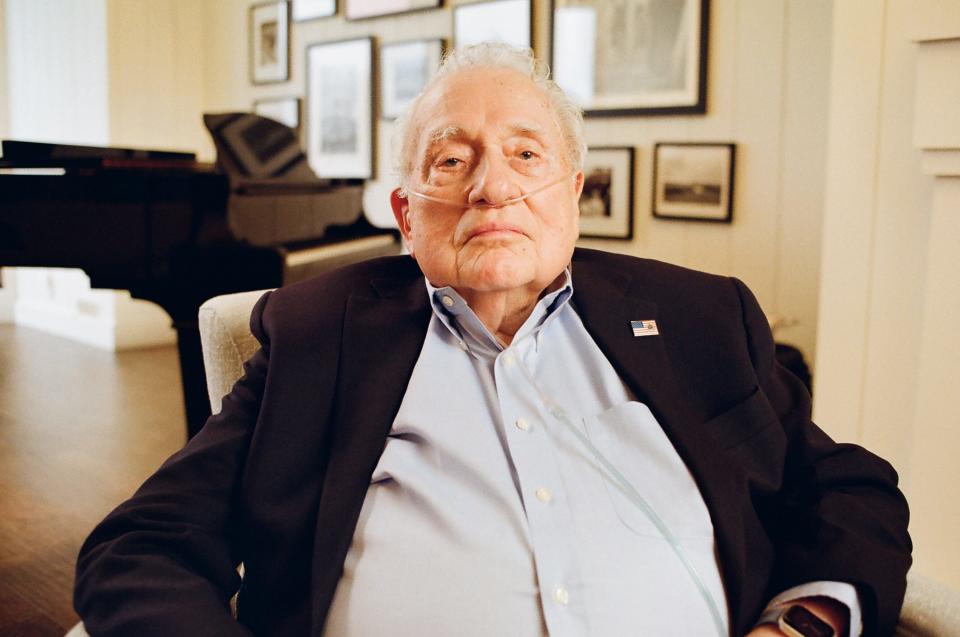
The Nat Geo special is one of several that will mark the passing of six decades since Kennedy was gunned down during a political visit to Texas aimed at shoring up support for the Democratic presidential ticket in the 1964 election.
On Nov. 14, Paramount+ is premiering “JFK: What the Doctors Saw,” which focuses on the physicians at Parkland Hospital that day whose varying accounts raise questions about the Warren Commission’s conclusion that Oswald was the lone assassin. Then on Nov. 18, History’s eight-episode docuseries “Kennedy” will begin. It explores the late president’s life and legacy using archival footage and more than 70 interviews with sources ranging from Kennedy buff Conan O’Brien to JFK’s niece Kathleen Kennedy Townsend.
Like the Emmy-winning “9/11: One Day in America" from 2021, the new limited series gives viewers a sense of what it was like to see the historic events surrounding JFK's death unfold for the first time and feel their emotional impact. The shock of Kennedy’s murder on Nov. 22. The days of national grief that followed. The killing of assassin Lee Harvey Oswald on live television. Viewers from across the country experienced them all together in 1963 through TV.
What sets “JFK: One Day in America” apart are the extensive interviews with the people who experienced those days that changed the world, young men and women in 1963 who have lived with tragedy seared into their memories.
They include, among others, Hill, who was assigned to protect first lady Jacqueline Kennedy then and who is shown today wearing a portable oxygen tube; Buell Frazier, who drove Oswald to work at the Texas School Book Depository; Gayle and Bill Newman, the bystanders from the iconic photo that shows them covering their children with their own bodies immediately after Kennedy was shot; and Sid David, the White House correspondent who covered Lyndon Johnson’s swearing-in as president on board Air Force One.
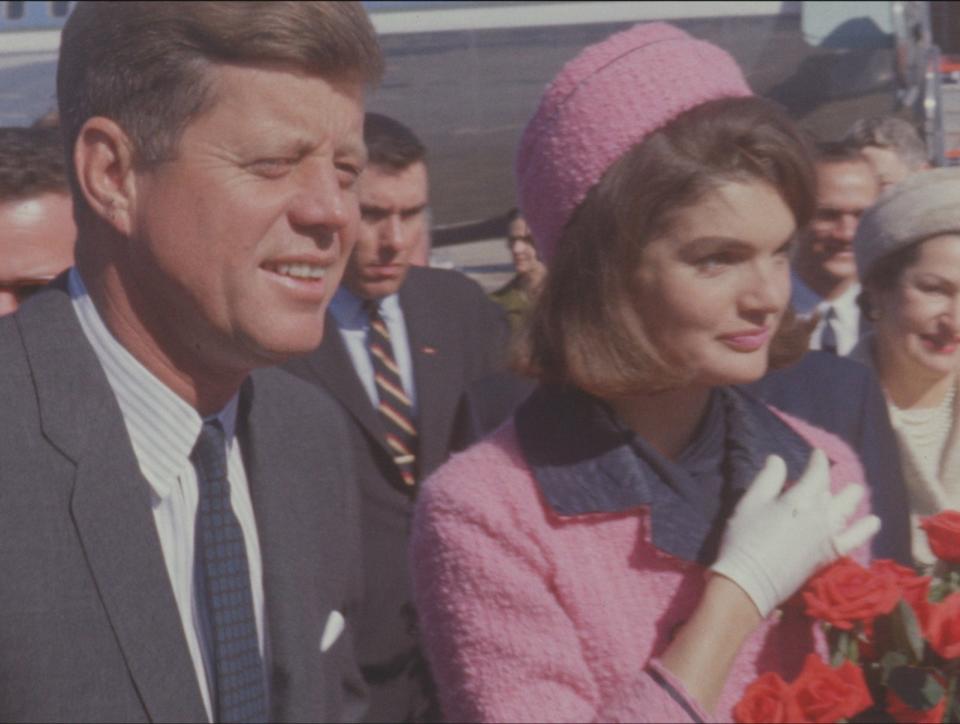
Produced by 72 Films for Nat Geo and done with the help of the Sixth Floor Museum in Dallas, the docuseries weaves together these interviews with footage from that fateful day, police radio recordings from the manhunt that ensued and live news reports from Dallas and, later, Washington, D.C., as Kennedy’s funeral unfolded before a grieving nation. There also is a look behind the scenes at the glamorous Kennedys as a young family relaxing on the presidential yacht, surrounded by their children, Caroline and John Jr., and friends. A small portion of the archival film has been colorized with the help of the Sixth Floor Museum, which aided in determining which clips were most appropriate.
The goal of interviews with the survivors and witnesses wasn’t to explore the conspiracy theories on Kennedy’s death that linger today, but to focus on the human side of the tragedy. "JFK: One Day in America" director Ella Wright describes it as an incredible opportunity to record their recollections and show, even at this late stage of their lives, “how they’re still completely emotionally connected to the event.”
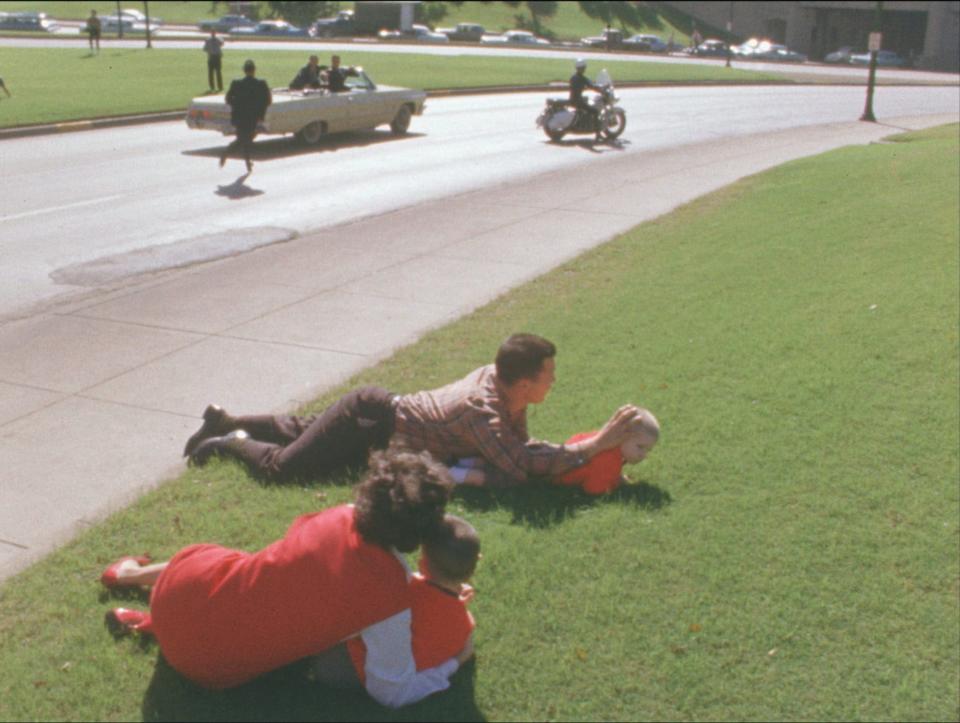
Producer Charlotte Rodrigues, who was part of the small team conducting and filming the interviews, says they were about six hours long. Although there were concerns beforehand on whether the recollections of interviewees would be patchy, Rodrigues says they provided accounts as if the JFK assassination happened yesterday.
“They really transported us back to that moment in a really sort of visceral way and a very emotional way,” says Rodrigues.
The first episode, which covers the assassination, illustrates the warm welcome that the Kennedys received on the ground in Texas leading up to the Dallas motorcade. Some of the memories seemed ordinary as they unfolded. For instance, Buell, who was 19 at the time, recalls asking Oswald about a long, slim package that he put in the backseat on their drive to work. “I said, 'What’s in the package, Lee?' And he says, "Curtain rods."”
Secret Service agent Paul Landis, who wound up in the crowded trauma room after the motorcade arrived at Parkland Hospital, recalls feeling faint as he stood near the stretcher holding Kennedy’s body. “ “I knew if I looked at him, I’d pass out,” says Landis, who recently made headlines for his memoir, “The Final Witness," released in October, which contains new information about him finding a bullet in the presidential limousine that he placed on JFK's hospital gurney.
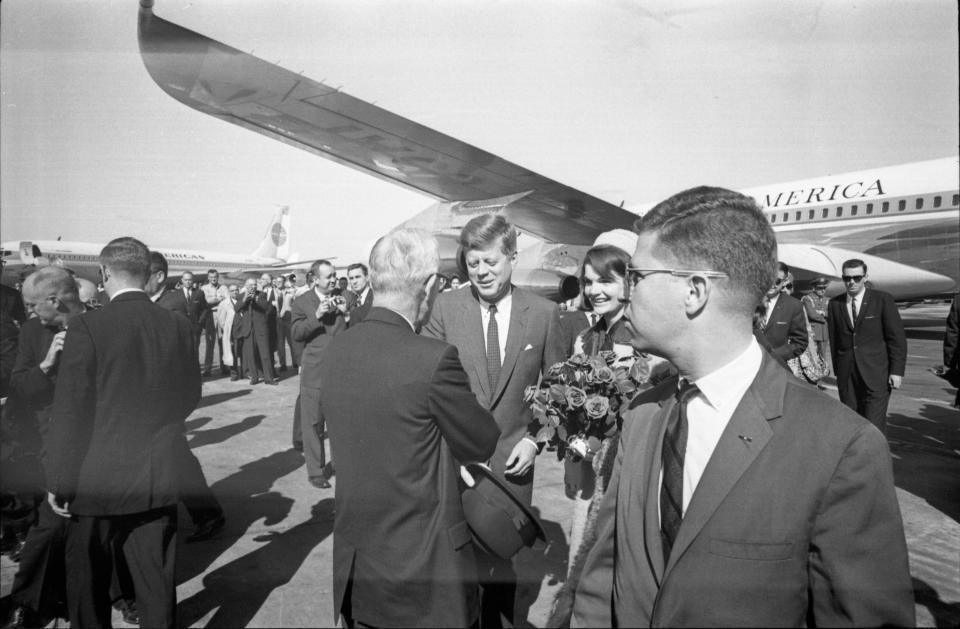
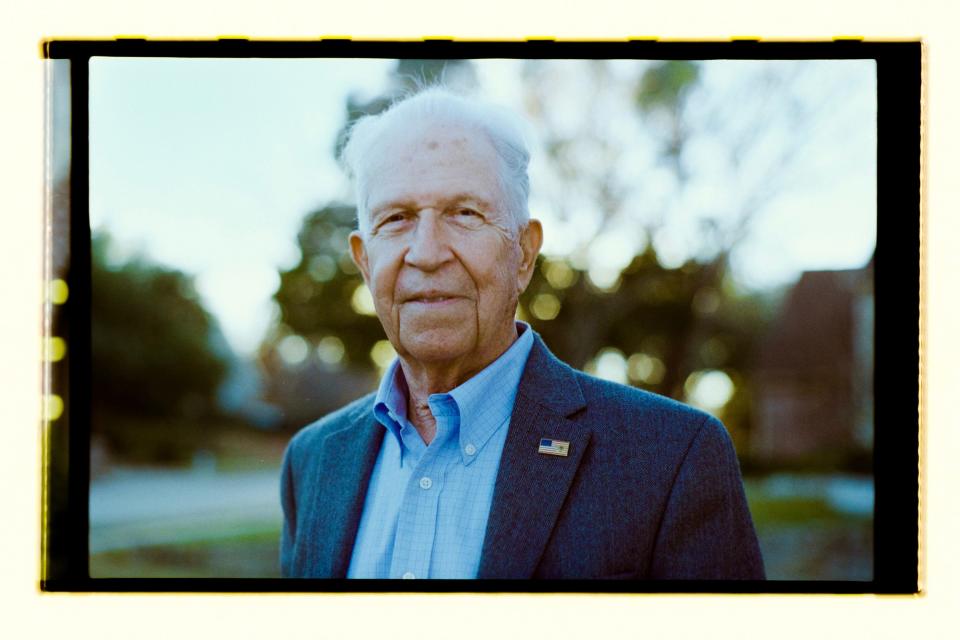
Speaking about LBJ’s swearing-in, Davis recalls the moment Jacqueline Kennedy entered the area in Air Force Once where it took place, still wearing the pink suit she had on in the motorcade. "She had blood on her where she cradled the president’s head in her lap. Blood was congealing on her stockings and on her shoes," he says. With a weariness that comes from sadness too profound to forget, he recalls Lady Bird Johnson asking, "Would you like to change your clothes to something else?"
"No, let them see what they have done," was Kennedy's reply.
The docuseries also gives a window into the frantic manhunt that resulted in Oswald’s arrest. As Rodrigues puts it, the scenes of law enforcement officials searching the Texas School Book Depository, pushing around boxes as cigarettes dangle from their lips and gingerly holding the rifle discovered there with ungloved hands, seem almost unbelievable now.
So is the press conference held to give reporters a chance to question Oswald, who later would be shot and killed by nightclub owner Jack Ruby during his transfer to the county jail. Peggy Simpson, then an Associated Press reporter assigned to cover the transfer, remembers the stunned reaction of police and press when Oswald was shot.
“I just knew that Oswald had been badly hurt and that the cops were in astonishment. You could just see the horror on their faces. There was total chaos and total pandemonium, Nobody was quite sure what on earth was happening. What was going through my mind was get out of here.”
As the days of mourning unfolded, Davis shares a story about spotting a woman at a bus stop who had come to Washington, D.C., for Kennedy’s funeral, one of thousands of Americans who wanted to pay their respects, and giving her a ride.
”She said, 'I’m a Republican, but I didn’t know how much I admired him.' I think that was repeated millions of times across the country,” he recalls.
Executive producer David Glover says he hopes the docuseries will help viewers understand how Kennedy’s death left “people of all political persuasions very moved by it.”
The ugly divisions of 2023 may trace some of their roots back to what happened in 1963, which spurred conspiracy theories and mistrust of government. But for that moment in time, as “JFK: One Day in America” reminds us, there was unity in grief.
Contact Detroit Free Press pop culture critic Julie Hinds at jhinds@freepress.com.
'JFK: One Day in America'
8 p.m. Nov. 5
National Geographic
Available Nov. 6 for streaming on Disney+ and Hulu
This article originally appeared on Detroit Free Press: 'JFK: One Day in America' recalls horror of president's slaying

